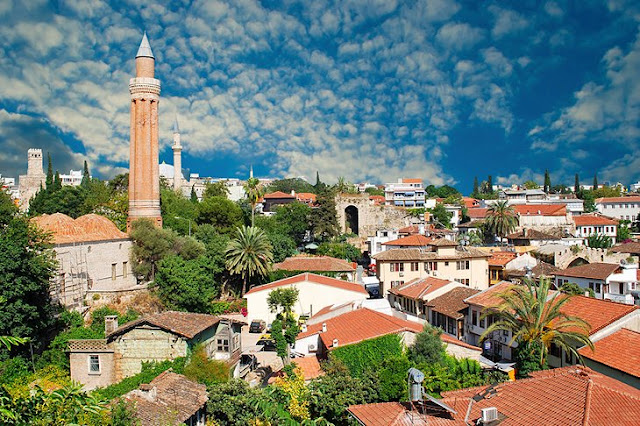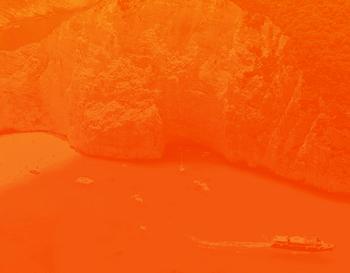
On the wall were gates to the port and in different directions, which enabled the entrance and exit. One of these gates is the magnificent imposing gate built in honor of the Roman Emperor Hadrian when he visited the city in the middle of the 2nd century. It has been preserved to this day.
Antalya Kaleiçi HistoryThe Hadrians gate into the Kaleiçi, the city wall – backed Old town, is the entrance to another world. The white modern buildings on the wide boulevards of the new town, often ugly concrete blocks, soft narrow alleys, cramped wooden houses with their picturesque cores and green courtyards not visible from the outside. Above all, the landmark, the Yivli minaret from the 13th century, stands tall. It is like the adjacent clock tower as an orientation point.
Today, however, it could just as well stand for the triumph of tourism on the Turkish Riviera. No other city in the country has taken such a rapid development in recent years as Antalya.
Even in the low season, tourists wander in droves through the alleys sloping towards the Mediterranean Sea, beaches, past carpet shops and handicraft shops.
https://worldtravellike.blogspot.com/2020/05/kaleici-antalya-places-to-see-things-to.html


